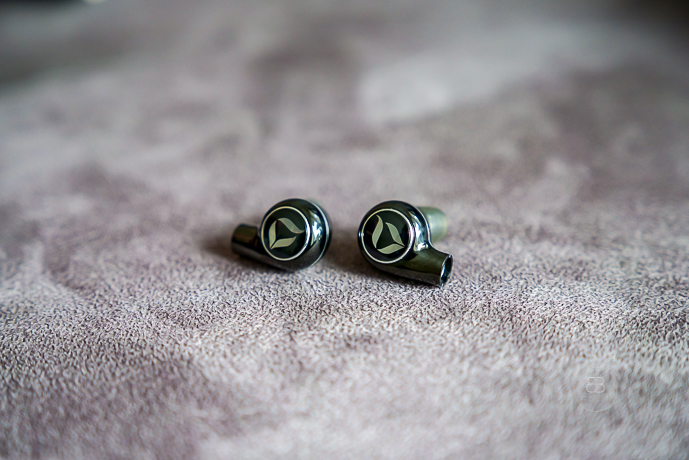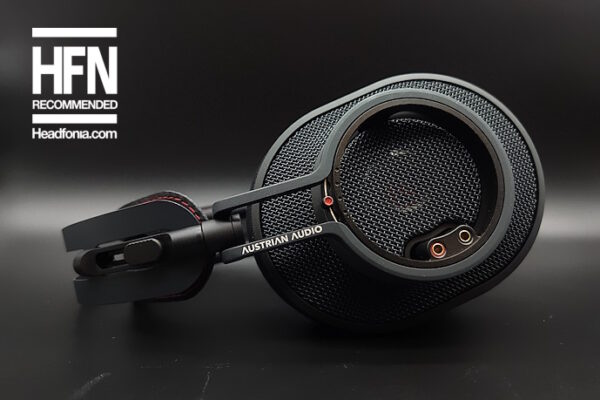Fit
When I saw the titanium shell design I thought the monitor would be quite light, but it has a certain weight in it, so that’s not quite the case. However, I can’t say I’ve had any fit issues with the Perpetua. The incredible package provides many ear tips, so I’m sure you’d find a proper one for your particular case.
If you don’t have extra small ears, it’s highly unlikely that you’ll have any problems overall. When you first plug in the monitor there’s a certain coldness because of the titanium shell, which feels quite nice. Overall you shouldn’t expect a VE or InEar kind of fit, but otherwise, it’s level with the market standards.
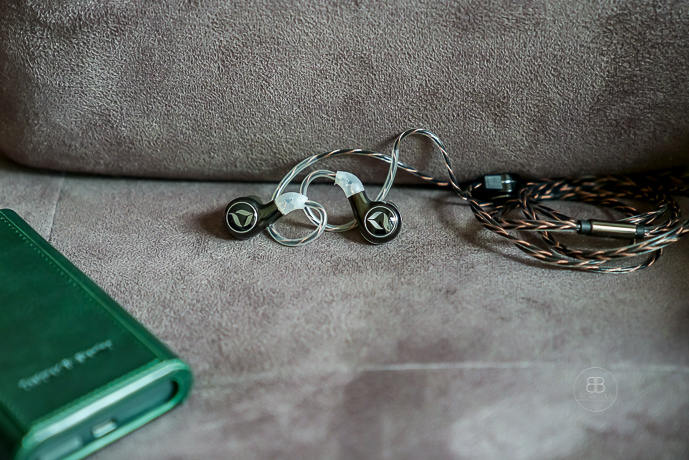
Sound
The Dita Audio Perpetua is simply a mellow, creamy and smooth IEM. It takes time to appreciate this monitor since it doesn’t have any kind of overly impressive character in any part of the spectrum. It’s one of those incredibly pleasing monitors that you can listen to for hours and you’ll not have any displeasure.
Bass
As expected from a dynamic driver, the bass is full and rich, with a very good decay performance and great impact. However, the bass presentation is not an extreme one, but it’s well enough to lay the necessary foundation in the mid-bass and lower mids section. This is not the state-of-the-art bass performance we see from newer technologies in multi-driver hybrid IEMs, but it’s a very smooth, natural and realistic bass performance.
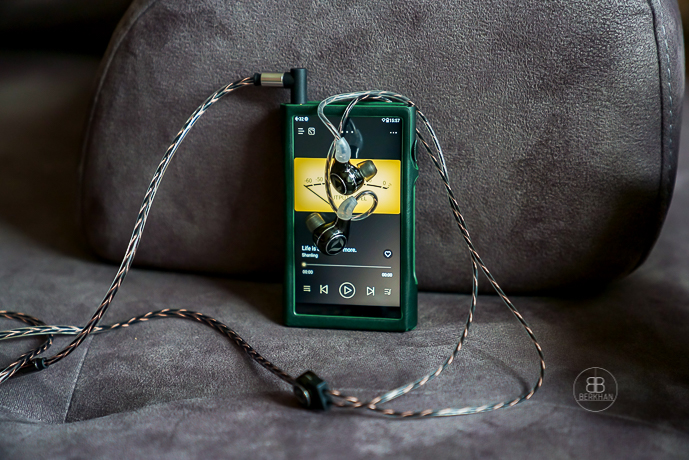
Mids
That brings us to the mid-range. The Perpetua’s mid-range is one of the most vivid and smooth mid-sections I’ve heard. This creamy and smooth mid-range performance becomes even better with the spacious character of the monitor, providing you with very nice imaging. Overall the mid-range is flat in terms of frequency response, but the tonality is very musical and life-like. The timbre of acoustic instruments, in particular, is fantastic. This very natural and realistic timbre quality makes the Perpetua one of the best mid-range monitors out there.
Treble
The treble performance of the Perpetua can be considered as its weak point depending on your preferences. While I don’t think this is the result of the driver’s capabilities, since I think it’s a choice by Dita, it’s still not on the level of other flagship IEMs of this calibre. Detail pickup is not the best, and the overall resolution and transparency of the treble are not the most impressive.
But again, the presentation here makes me think that Dita Audio has deliberately chosen the IEM to sound this way, as the whole tuning has an easy-going, smooth and relaxed nature. So for this IEM to be the most comfortable listening companion for long hours, Dita may have gone with a decision to tune the monitor in this particular style.
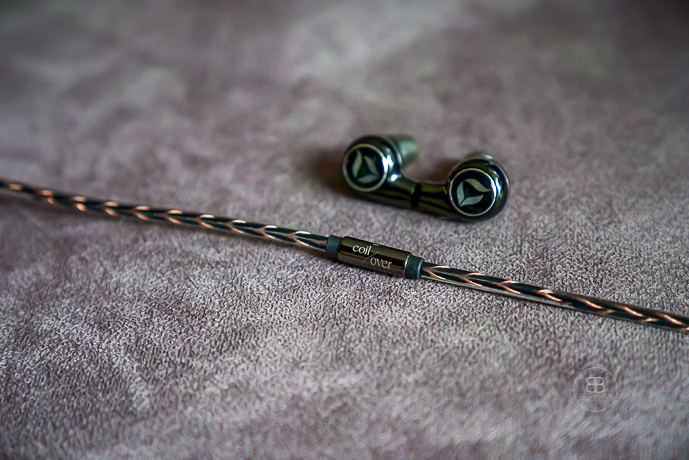
I’m fine with the overall treble performance, but as you know, this hobby is quite subjective so this style of relaxed, smooth and toned-down treble might not suit you well if you’re looking for something opposite.
Technical Performance
The strongest aspect of Dita Audio Perpetua in terms of technical performance is staging. The soundstage is very wide and deep. The imaging part is equally strong as well, with excellent layering and positioning, although not as sharp as other summit-fi IEMs. Besides, I observe a bit of an HD650-like veil in terms of micro-detail performance. While it shows a real high-end product performance in jazz, vocal jazz, classical and acoustic styles, I can’t say the same success can be experienced when rock and pop genres are concerned.
While it’s not a detail monster or a razor-sharp IEM, the Perpetua is one of the most beautiful monitors in terms of pure timbre quality. The portable audio market is extremely good nowadays in terms of resolution, balance and other aspects, but it’s not easy to find something like Perpetua for pure musical performance and realism. You get this IEM for that, that’s for sure.
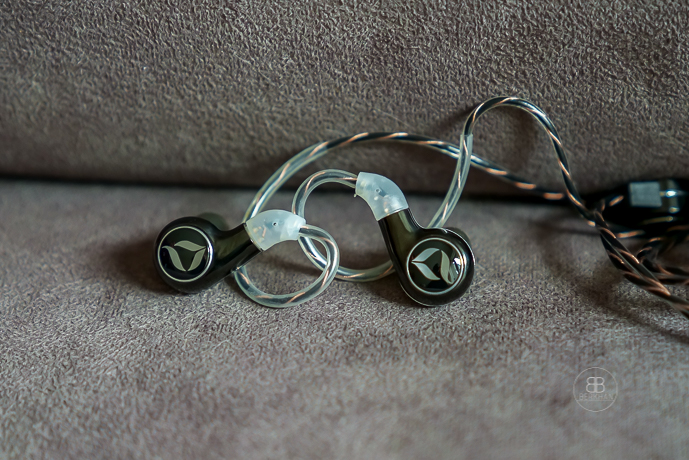
Perpetua is not a difficult-to-match IEM. However, care must be taken in the selection of sources. I don’t think it has good synergy with very warm-sounding sources. When I listen to it with the Shanling M9, the sound has a character that is a bit too warm. The SP2000 gives a similar effect. I tried the SEM3 DAC module of the SE180 since it has an analytic nature, and the result in terms of sole synergy was better. So make sure to pick a source that is flat, analytical and detailed.





